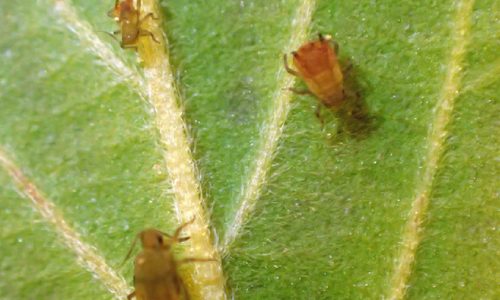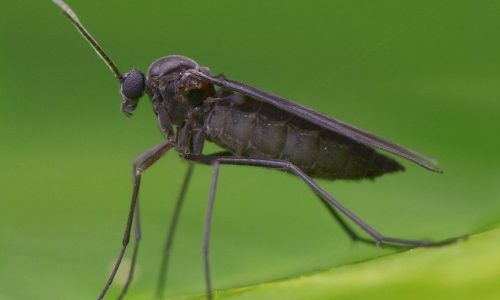Tips For Growing Outdoors
| Here are some tips for getting your outdoor garden ready for spring: |
Planning and Preparation
- Choose the right strain: Consider your local climate and growing season. Opt for strains that mature within your specific growing window
- Assess your soil: Understanding your soil’s nutrient profile will help you determine if amendments are needed. Consider a soil test to determine pH and nutrient levels.
- Pick a prime location: Look for a spot with plenty of sunlight, good drainage, and protection from strong winds and harsh weather.
Soil prep and Germination
- Cover crop like white clover to control weeds- Plant in early spring and mulch/till in prior to planting or transplanting.
- Companion plants— Sweet alyssum, Calendula, purple flash peppers
- Germinate indoors (optional): You can get a head start on the season by germinating your seeds indoors a few weeks before the last frost date in your area.
Planting and Maintenance
- Timing is key: Wait until the danger of frost has passed and soil temperatures consistently reach around 60°F (15°C) before transplanting seedlings or planting seeds outdoors.
- Planting and spacing: Plant according to the recommended spacing for your chosen strain. Plants can grow quite large, so be sure to factor in mature plant size.
- Watering: Water regularly, especially during hot and dry periods. Aim to keep the soil consistently moist, but not soggy.
- Be mindful of pests: Keep an eye out for common pests like aphids, mites, and caterpillars. There are many organic pest control methods available for gardens.
- Preventative IPM– These products can be utilized successfully alongside biologicals and outdoors for the maintenance/control of many typical pests.
- Suffoil x- Mineral oil –– kills on contact: mites, scales, aphids, psyllids, mealybugs, early stage caterpillars, whiteflies, leafminers and other immature or adult soft bodied insects
- Bioceres WP – Bioinsecticide— used to control aphids, thrips, white flies, plant bugs, cinch bugs, and more.
Additional Tips
- Mulch around your plants: Mulch helps retain moisture, suppress weeds, and regulate soil temperature.
- Support for taller plants: Some strains can grow quite tall. Consider using stakes or cages to provide support for your plants as they mature.
Remember, these are general tips, and it’s always a good idea to research best practices for growing outdoors in your specific climate zone.




